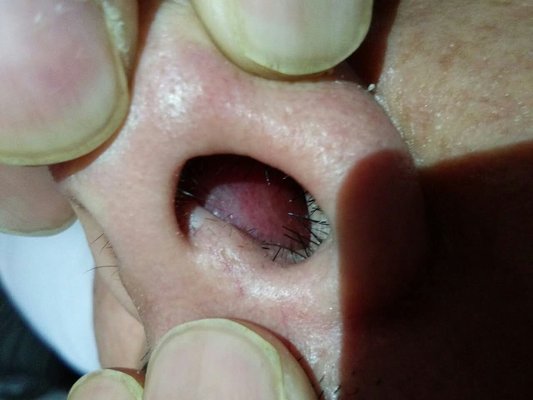What is the role of amniotic fluid foam test?
summary
Amniotic fluid foam test can reflect the degree of fetal lung maturity. Fetal maturity monitoring is an important basis for high-risk pregnancy to choose a reasonable delivery time and treatment policy, mainly through the growth and decline of certain substances in amniotic fluid to observe whether the fetal organ function is perfect. Amniotic fluid samples are usually obtained through amniocentesis by general professional doctors. Then, what is the function of amniotic fluid foam test and what are the points for attention?
What is the role of amniotic fluid foam test?
The normal performance of amniotic fluid foam test. Negative: the lung of negative fetus is not mature. Positive: the lung of positive fetus is mature. The first and second tubes were positive, which was normal. Warm tips: amniotic fluid examination is generally carried out in the second trimester of pregnancy (16-21 weeks of pregnancy).

What is the role of amniotic fluid foam test? Positive: fetal lung is mature. Negative: fetal lung is immature. This test can be used to determine neonatal idiopathic respiratory distress syndrome and reduce neonatal mortality, especially for patients with pregnancy induced hypertension and hypertension complicated with pregnancy.

Note 1 of amniotic fluid foam test. Amniotic fluid examination is usually performed in the second trimester (16-21 weeks of pregnancy). 2. When the first tube is negative, it means that the fetal lung is immature; when the first tube is positive, the second tube is negative, it means that the fetal lung is suspicious; when the first and second tubes are positive, it means that the lung is mature.

matters needing attention
Complications: 1. Maternal injury: abdominal wall hematoma caused by puncture needle puncturing blood vessels, subserosal hematoma of uterus. Occasionally, amniotic fluid entered the maternal blood circulation through the puncture hole, causing amniotic fluid embolism. If the bladder is not emptied before puncture, the bladder can be punctured. There are reports of puncturing the intestine in patients with intestinal adhesion. 2. Injury of fetus, placenta and umbilical cord: puncture needle injury of fetus can cause hemorrhage, puncture of placenta and umbilical cord can also cause hemorrhage or hematoma. Therefore, the source of bleeding should be identified when drawing hemorrhagic amniotic fluid. If fetal origin is suspected, fetal heart rate should be heard continuously. 3. Amniotic fluid leakage: postoperative amniotic fluid leakage from the pinhole, resulting in oligohydramnios, affect fetal development, and even cause abortion or premature birth.
















